Try this fun bubble experiments to let your kids have fun with science – bubbling beakers and all! This safe science activity uses supplies you probably already have in your house to teach your kids about chemistry. This simple chemistry experiment is a bubble experiments for toddlers that uses a baking soda and vinegar reaction. You will love this easy bubble science experiments preschool!

Bubbles experiments
Soft drink manufacturers add the fizz to their drinks by adding carbon dioxide (CO2) to the mix. CO2 is dissolved into the drink. When you open a can of a carbonated beverage, the pressure is released and the CO2 comes out of solution. The CO2, then, forms bubbles that rise to the top of the drink and attach to the sides of the container the beverage is in. If you look closely at a glass filled with a carbonated beverage, you can see that the bubbles initially form on the surface of the glass. Some remain there and others rise to the top and release the CO2 gas into the air. When the CO2 comes out of solution it always happens at a physical reaction point, such as the side of the glass.
Plus don’t miss 25+ bubble crafts and activities, epic homemade bubble solution, and our other fun preschool science experiments

Bubble science experiments preschool
All you need are a few common materials you probabaly already have on hand!
Supplies
- small jar or beaker
- clear carbonated beverage/soda
- food coloring
- table salt
Procedure
- Fill the jar 3/4 full of soda
- Add a drop of food coloring just for fun
- Add 1 tablespoon of salt

Bubble experiments for toddlers
As we discussed before, CO2 is added to carbonated beverages to give them their fizzy bubbles. These bubbles form on reaction points, such as the sides of a drinking glass, when the pressure of the original container is released.
When the salt was added to the soda, more reaction points were added to the mix. CO2 came out of the solution on the sides of the salt crystals and formed bubbles. The mass of bubbles caused a foaming action.
Take this bubbles experiment further by adding different amounts of salt or adding a type of salt with larger crystals. Note the changes in the amount of bubbles that form.

Bubble experiments for kids
The food coloring did not affect the reaction in these soda experiments. The addition of color can sometimes help to see the reaction easier. Also, you can use this bubbles experiment to learn about color mixing. Create two reactions side-by-side using two different colors, such as blue and yellow. As the foaming bubbles mix, note the colors that form.
Bubble Activities
Looking for more fun, creative ways to paint with bubbles? Check out these FUN ideas!
- Bubble Painting by blowing bubbles
- Slime Bubbles
- How to make bubbles – makes HUGE bubbles!
- Easy Bubble Experiment for Preschoolers
- Beautiful Bubble Art for Kids
- Foam Bubble Painting Art for Kids
Popular Science Activities
Looking for lots more fun, science experiments for kids? You’ve GOT to try some of these outrageously fun science experiments for kids! Plus don’t miss all our science for kids, types of free science lessons, or seasonal science experiments.
- Tons of Kindergarten science experiments by month, How to Make a Lava Lamp, or POP rocks science experiment
- EASY Lemon Volcano, or 100 Amazing Food science experiments for kids (arranged by type of science), Dancing Raisins Experiment, or 19 Edible science experiments,
- Colorful Capillary action science experiment (also known as walking water), stunning Chromatography Flowers, colorful Oil and Water Science Experiment, or beautiful Color-Changing Flowers
- Magnet Experiments for Kids, amazing Magnetic Field Sensory Bottle, hands-on Science experiments with batteries, fun squishy circuits projects, and 30 Simple machines science projects
- 24 Epic Solar system science projects, HUGE Free Solar System Unit, Pipe Cleaner Constellation Activity, and simple Galaxy science project
- Why do Leaves Change Color Experiment, Leak Proof Bag Science Experiment with Everyday Materials, EPIC Mentos and Soda Experiment, and Mind-Blowing Magnetic Slime for Kids
- Fun Water balloon science experiment that explores density, 50 Fun Preschool science experiments, and Animal Classifications for Kids Cootie Catchers
- Weather Projects – how to make a weather vane and Air pressure science project
- Color Changing Slime, colorful bubble snakes, neat burning candle experiment worksheet answers, fun Lego Zipline, look INSIDE a Volcano Project, or Exploding Watermelon
- Human Heart for Kids, hands-on Human Body Project, Eye opening Eye science experiments, Life Size Skeletal system science project, free parts of the brain worksheet, and playdough human body game
- Hands-on Newton’s cradle project, DIY draw bot for kids to make, LOTS of Life Cycles for Kids and 10 fun science experiments



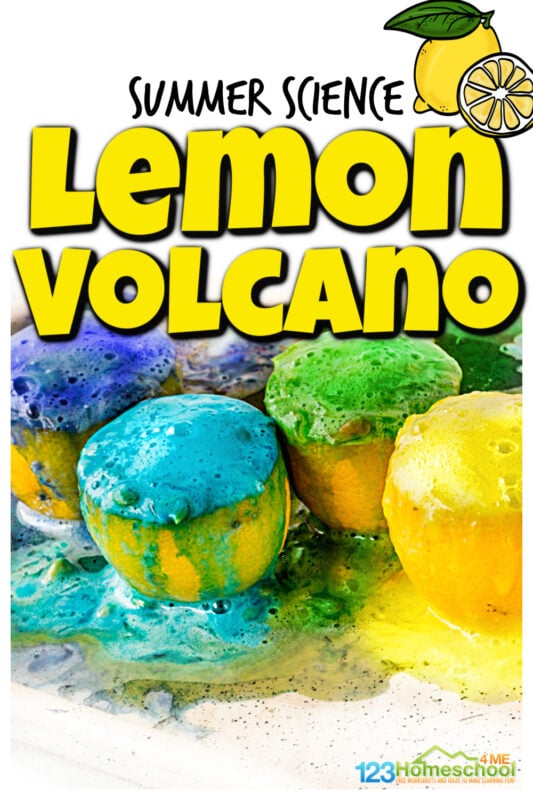



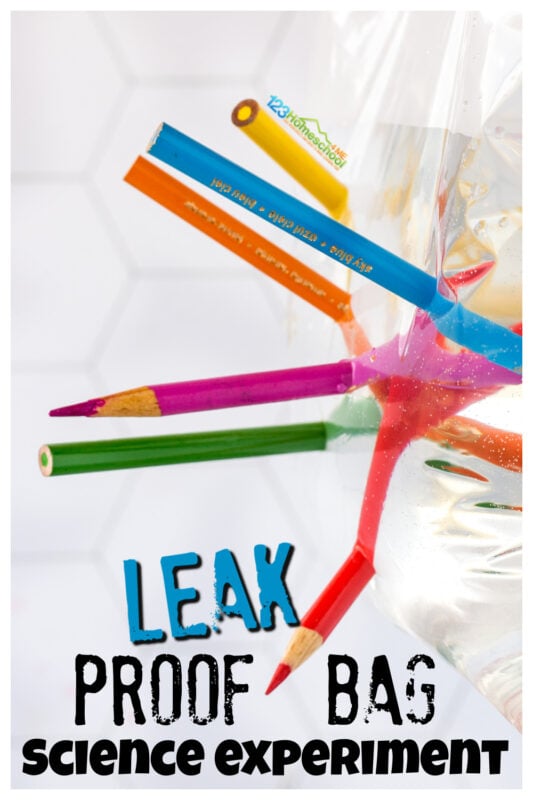
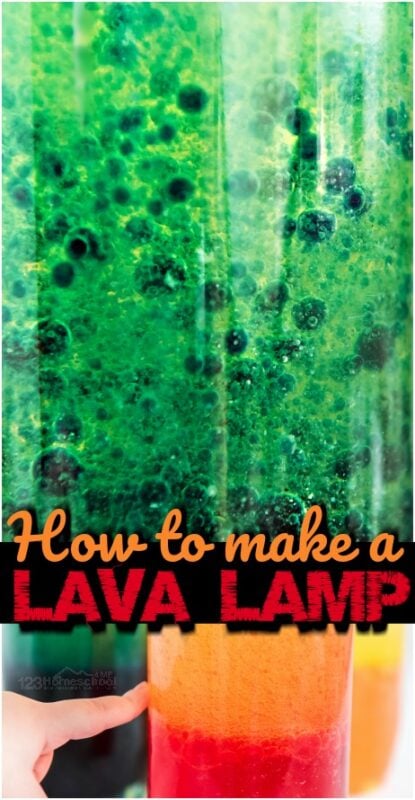





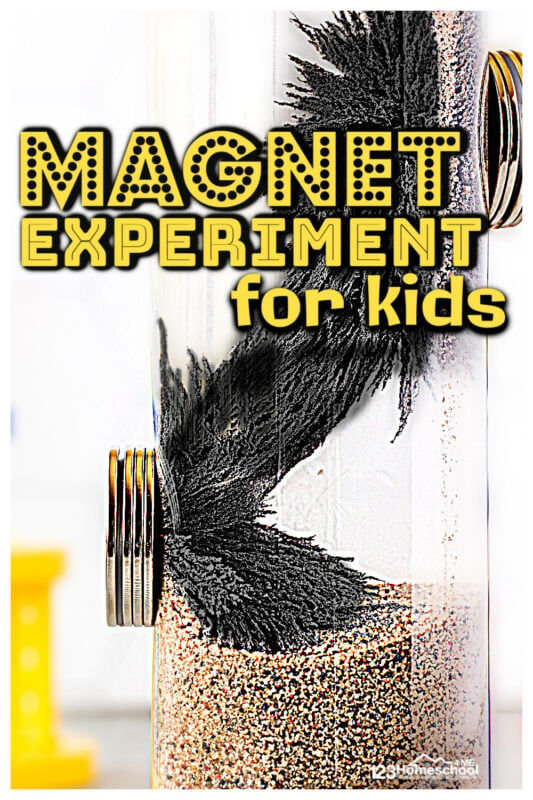


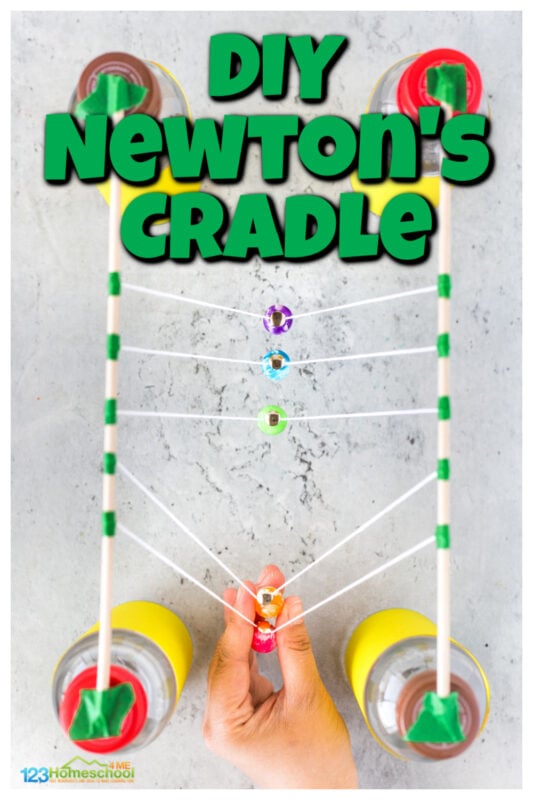



Leave a Reply